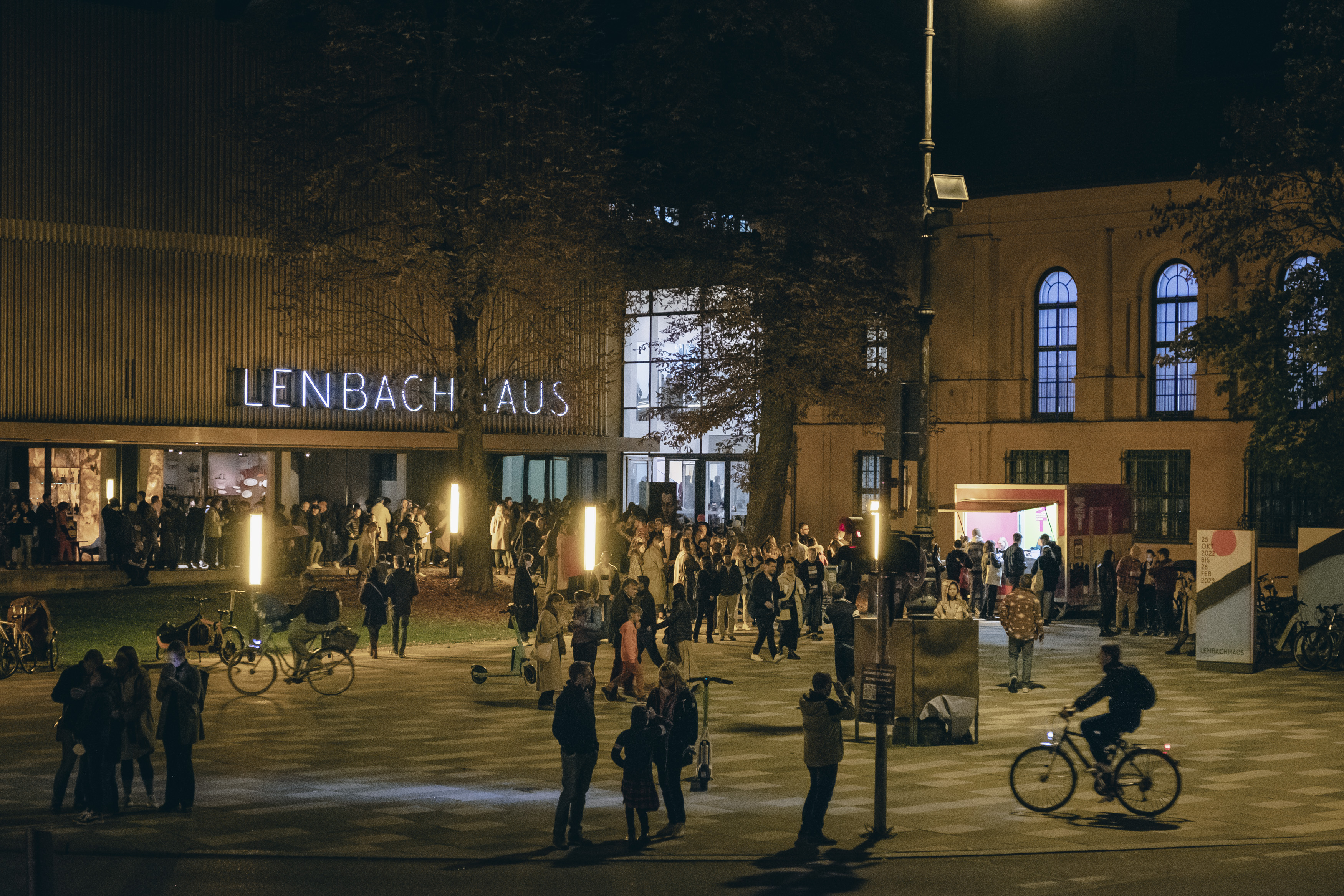About us
The Städtische Galerie im Lenbachhaus und Kunstbau Munich (Lenbachhaus Munich) is an art museum. It was founded in 1929, during the first period of democratic government in Germany, known as the Weimar Republic. The museum occupies the Munich painter Franz von Lenbach’s (1836–1904) historic villa and studio building and the nearby Kunstbau venue.
The museum houses the largest collection of the art of the Blue Rider worldwide. Further key areas of the collection are in the 19th century, classical modernism, post-war modernism and contemporary art.
As a municipal museum, the Lenbachhaus is committed to democratic principles. Therefore, our programming and work methods are geared towards creating a place of dialogue. We are dedicated to our diverse local, regional and international audiences.
Mutual respect is our guiding principle. We do not tolerate discrimination in any form. Neither is there is room for pejorative and abusive language in our museum. We strive for a community in which the dignity of each and every one is inviolable.
The Blue Rider’s credo informs our understanding of art: “The whole body of work we call art knows neither borders nor nations but only humanity."
Our Mission
The defining purpose of a public art museum—to collect works of art, preserve them for current society and future generations, to research and study them, to make them accessible, and help the public appreciate them—is our utmost priority. In developing exhibitions and programs, we continually engage with new research in art history and history, and gauge developments in society, and contemporary discourse.
We want to enable everyone who is interested to access the Lenbachhaus. Our aim is to dismantle barriers. People have different interests and needs. We want to create a place where our publics feel welcome and can engage with the art and the contents of our programming with as little outside assistance as possible. We learn from our various different visitors how we can enhance and facilitate the museum experience. Our education programs reflect this diversity. The digitization of our collection and other digital offers facilitate easy access to our contents and scholarship.
The Lenbachhaus is committed to the four pillars of sustainability—cultural, social, ecological, and economic responsibility on the basis of the 17 Sustainable Development Goals (SDGs) adopted by the UN.
The preservation and exhibition of works of art in accordance with contemporary international standards is a very energy-intensive endeavor. Nevertheless, we try to conserve energy and other resources. To become more sustainable, we continually review our routine procedures and adapt our operations and infrastructure.
One indispensable aspect of our scholarship concerns the origins of the objects in our collections. We inquire into their varied histories of ownership and control and review the ways they entered into the museum. In keeping with the Washington Principles it is both our sincere wish and our obligation to identify cultural assets confiscated from victims of persecution and to find fair and just solutions together with the former owners or their heirs.
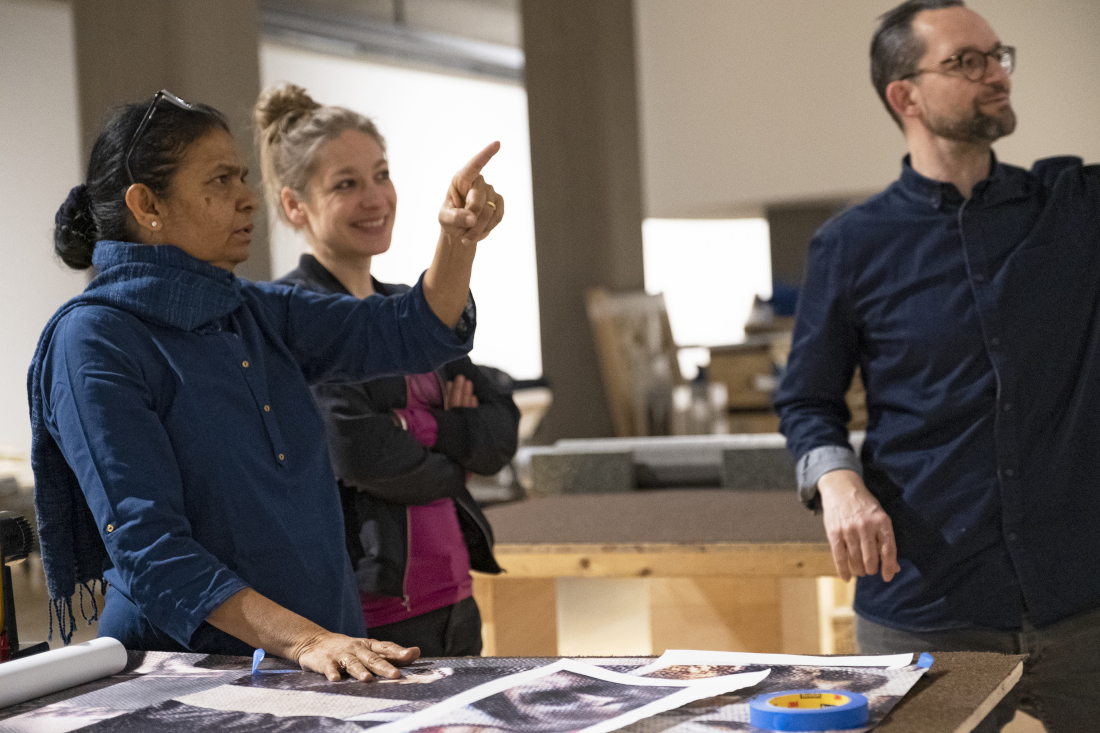
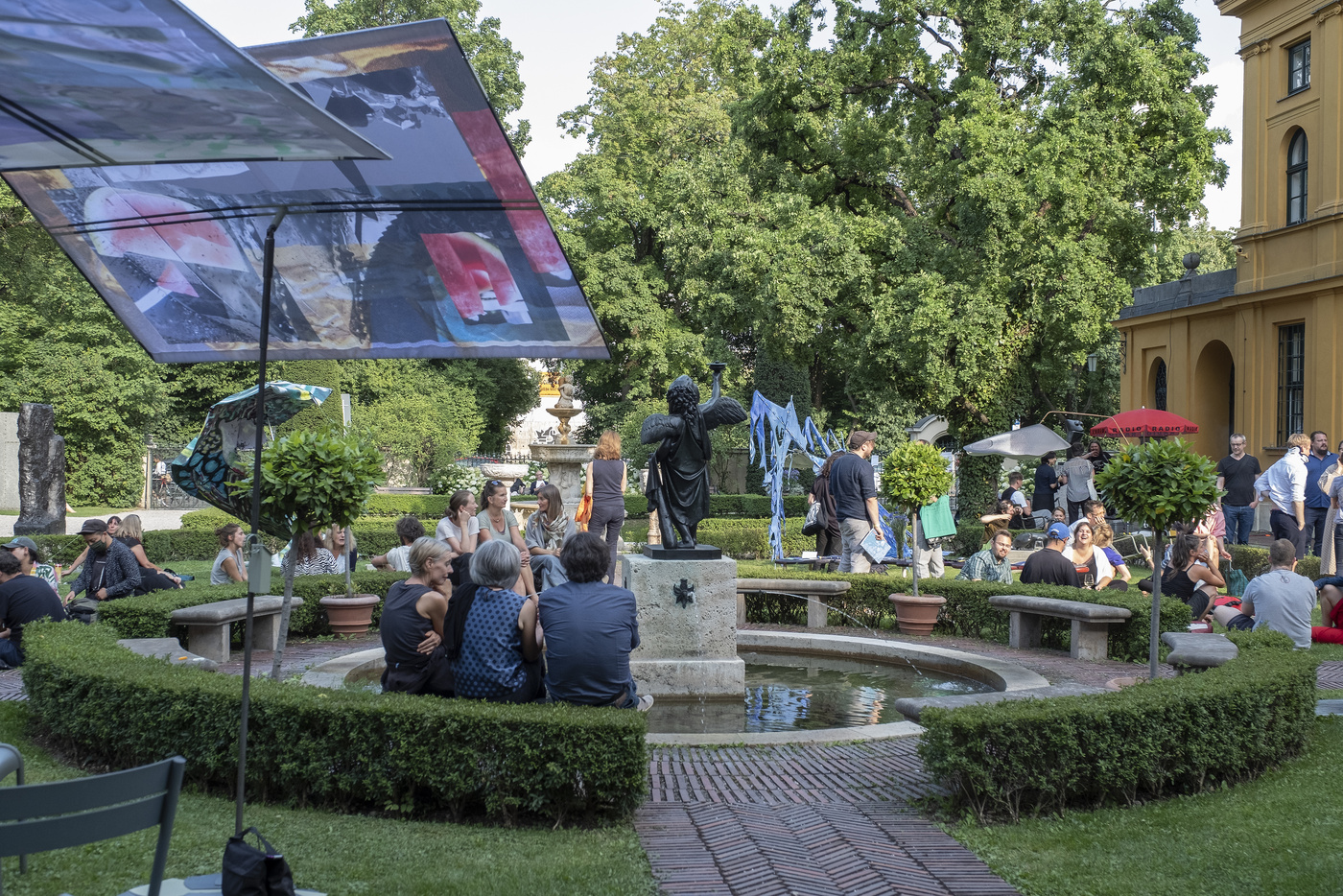
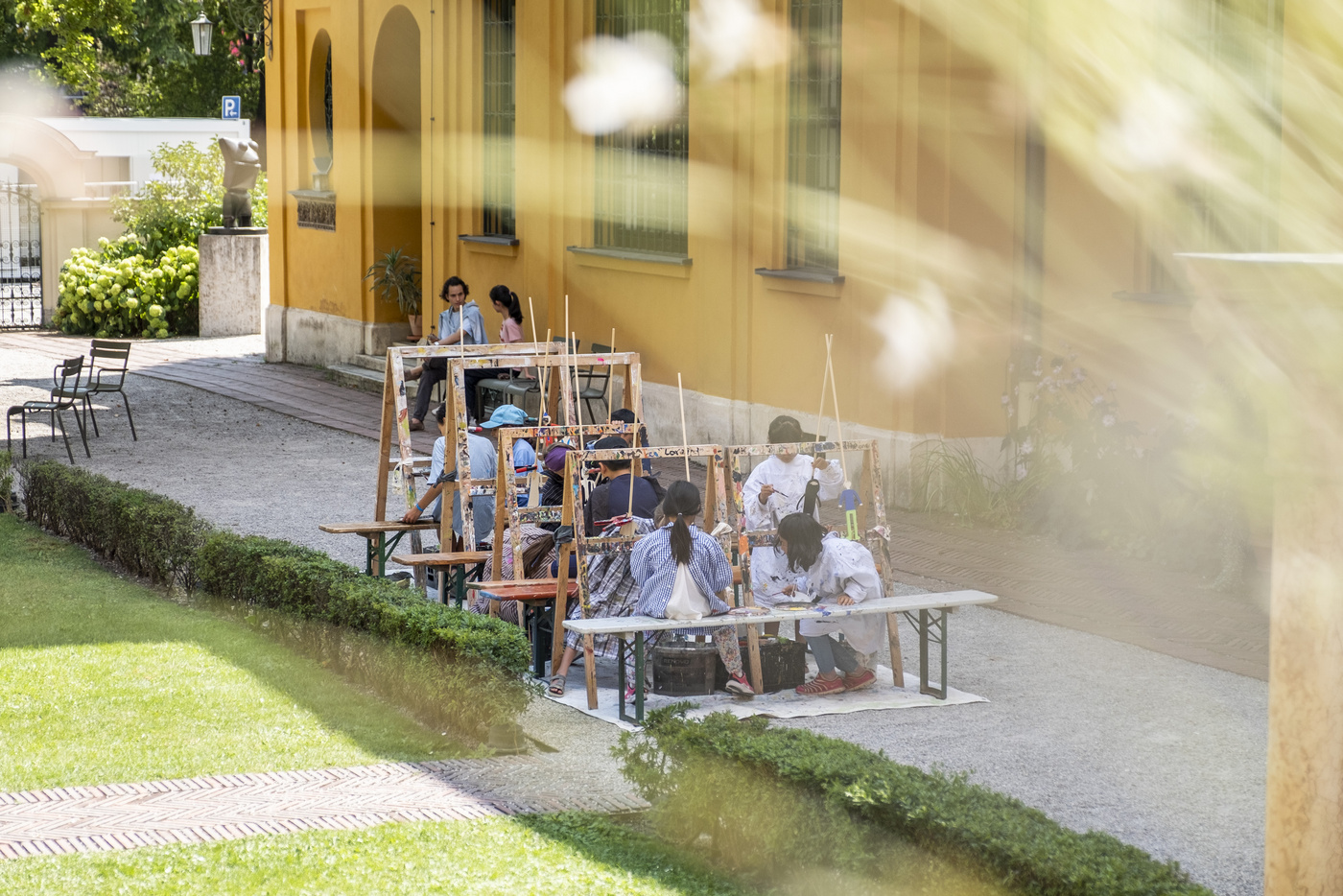
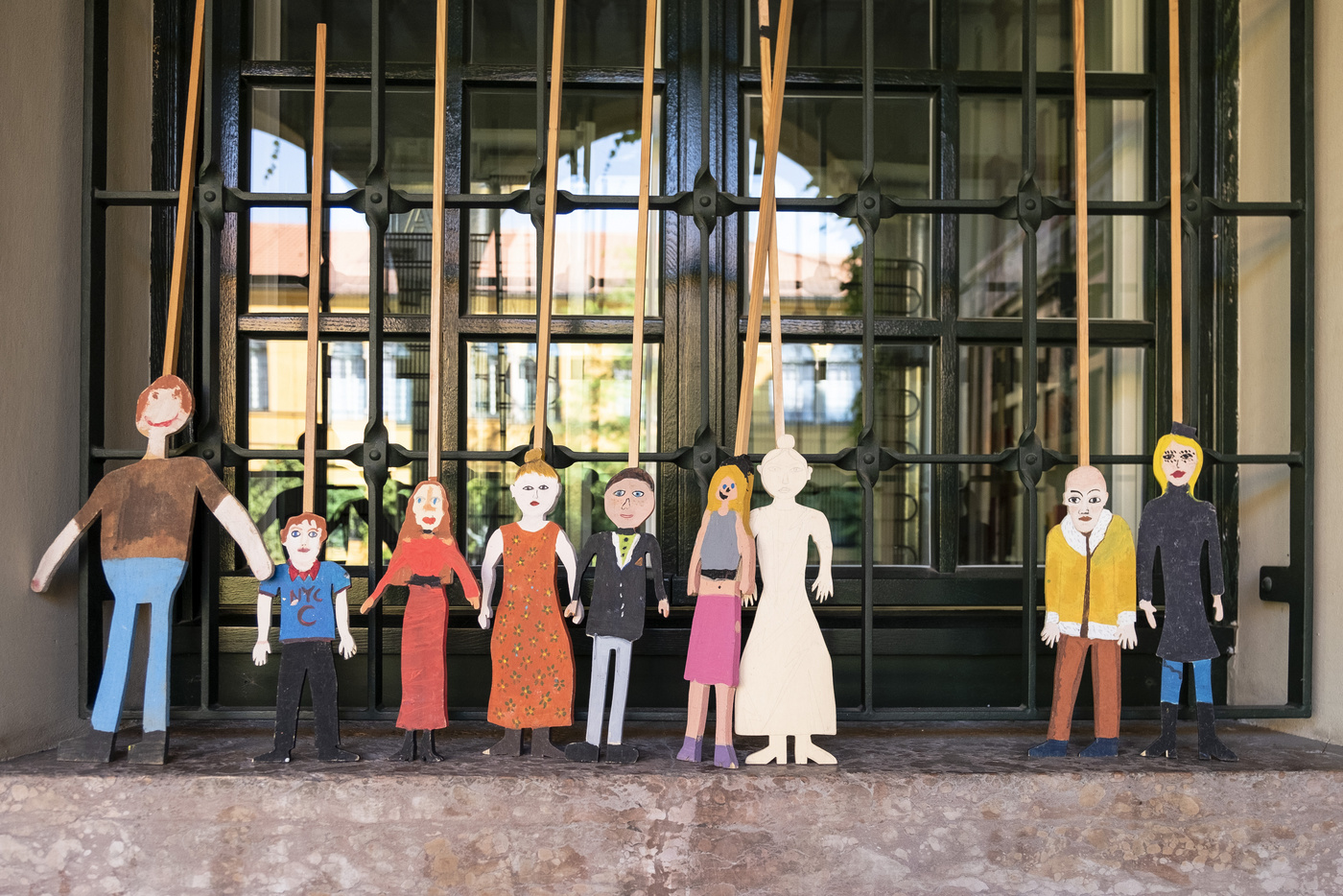
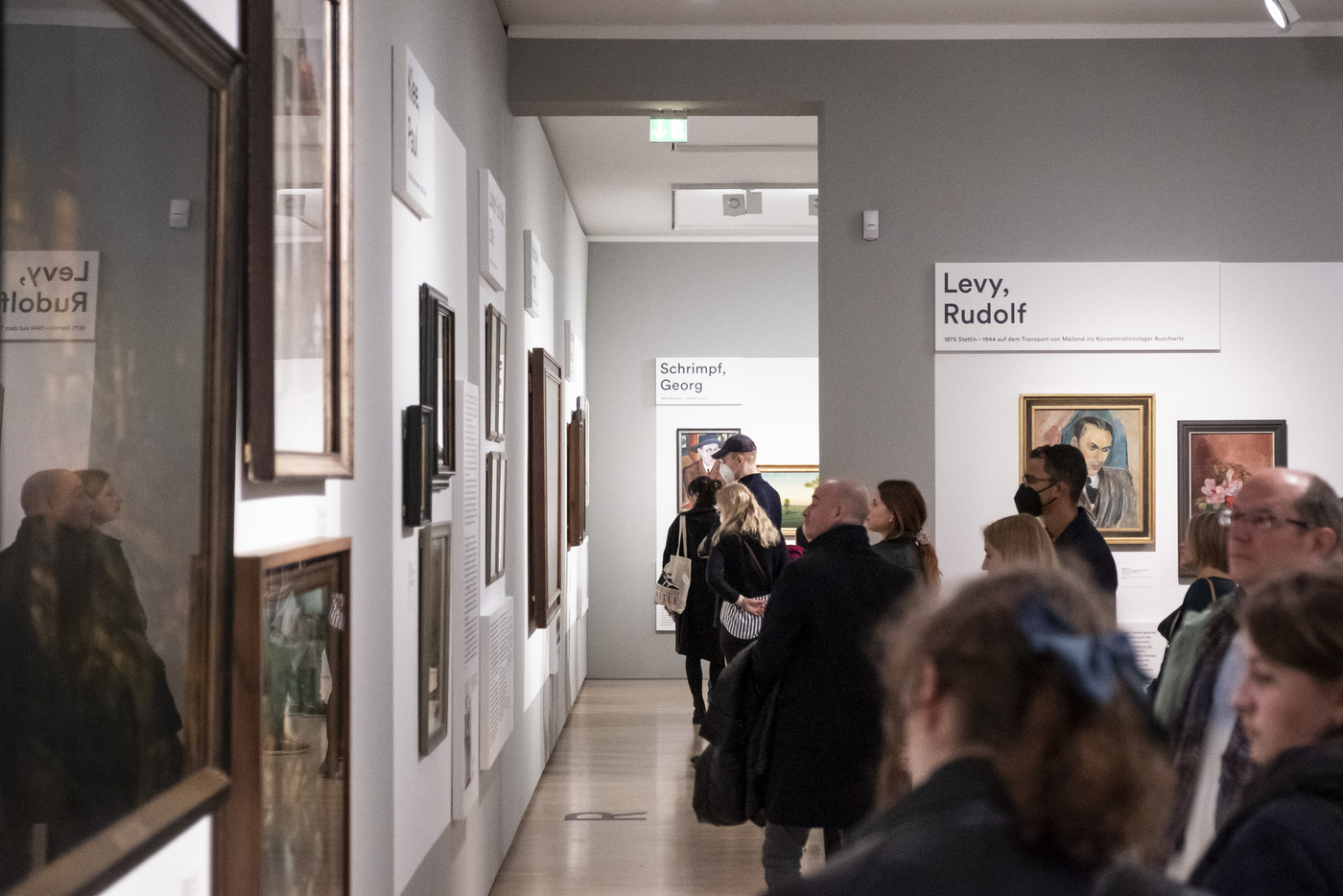

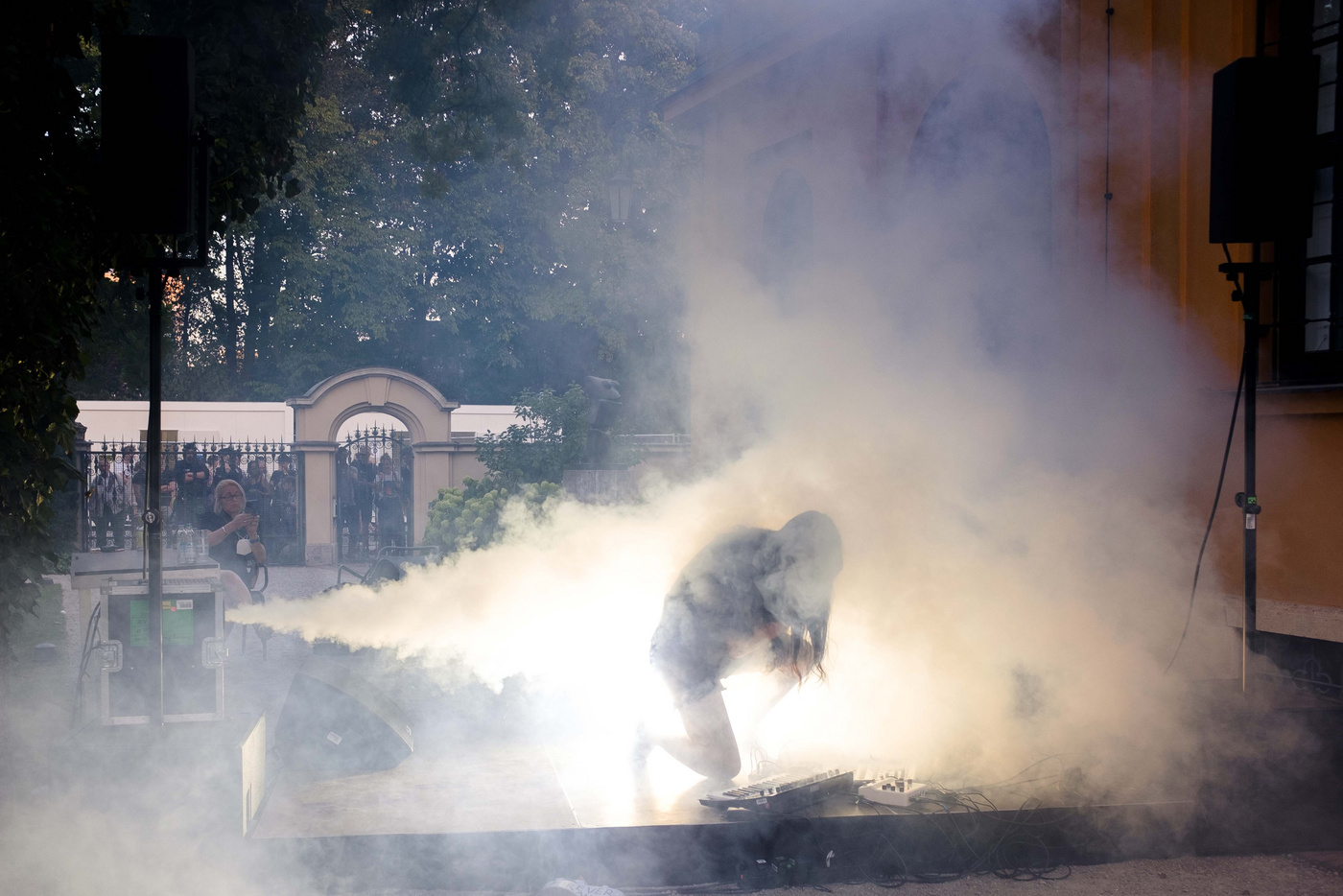
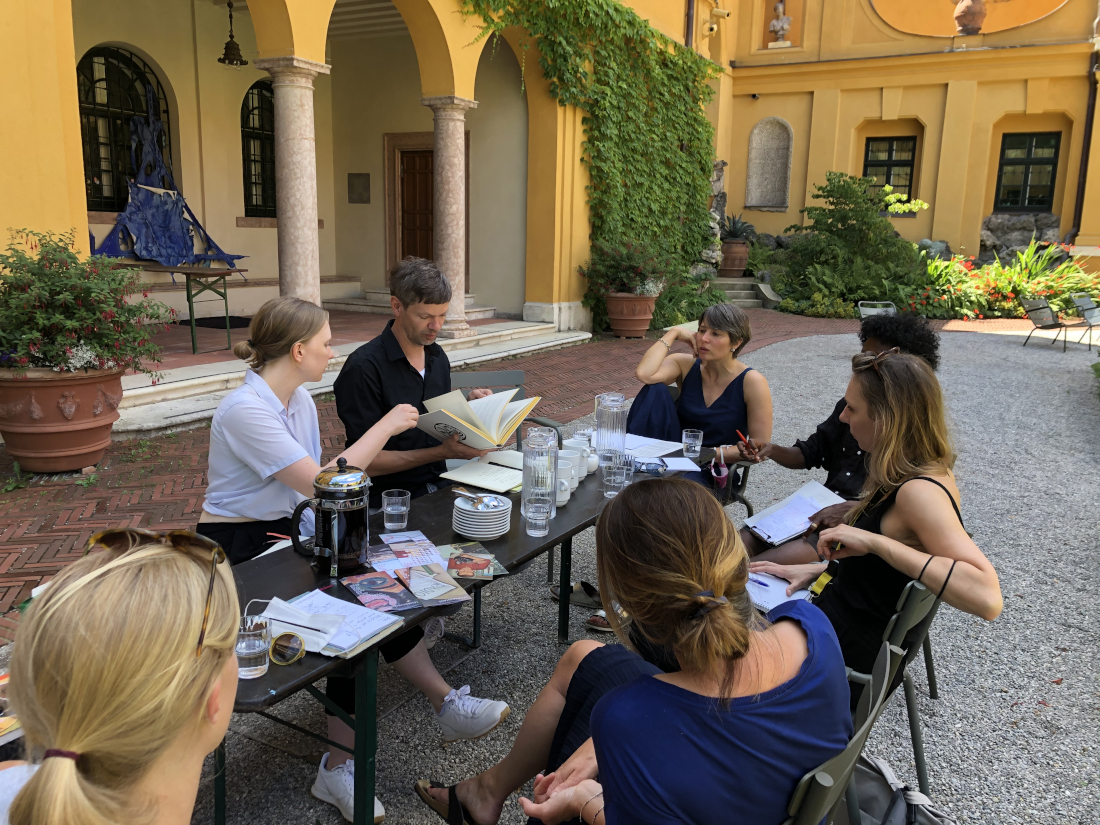
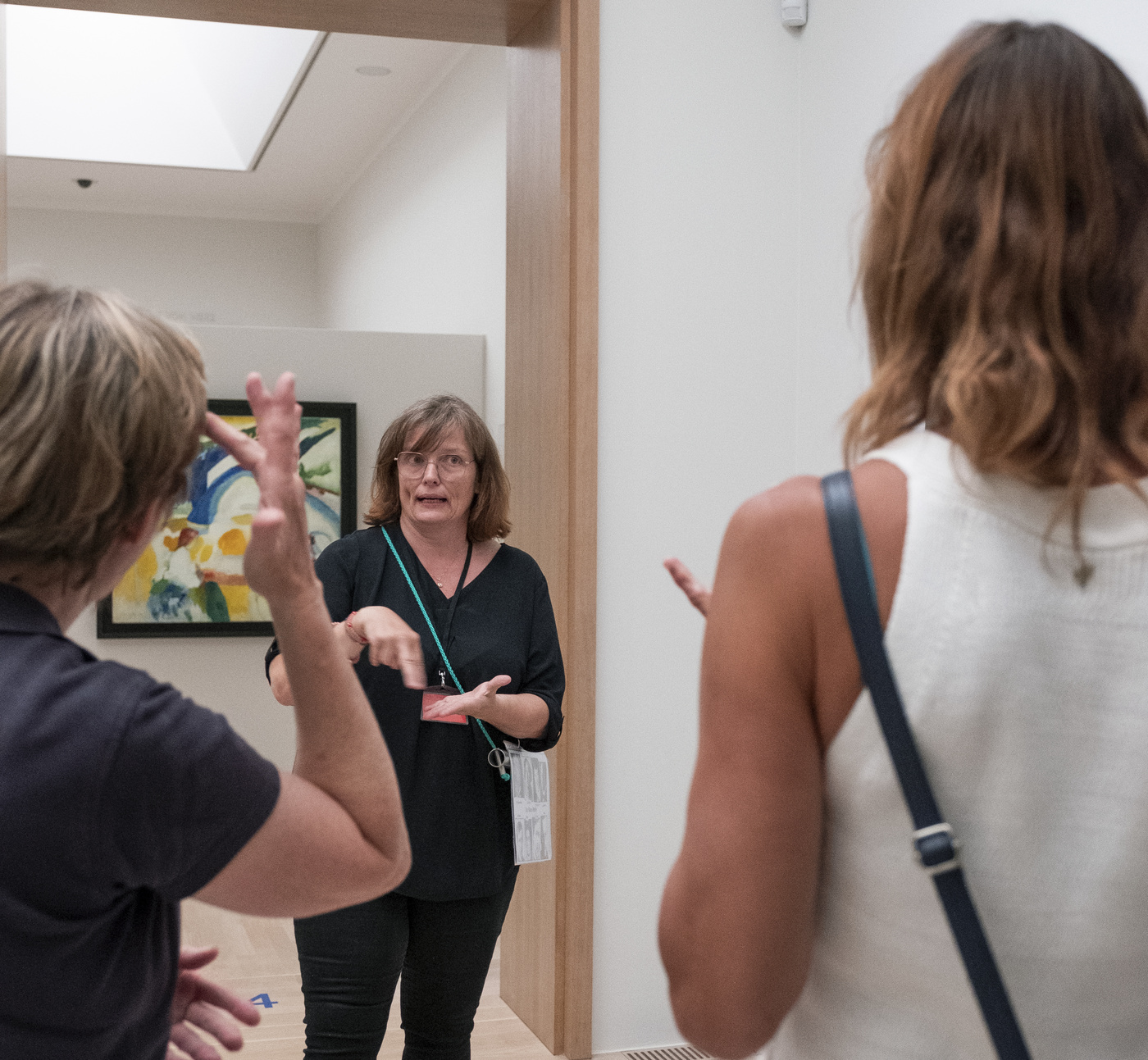
Partnerships and Cooperative Relations
The Lenbachhaus works closely with numerous external businesses and service providers. Their contributions allow us to run a lively museum.
Cooperative relationships are essential to our work. The Lenbachhaus partners with local and international cultural institutions, with creative professionals and cultural initiatives. We strive for equitable relationships within our team and with all external partners. Our productions benefit from an open exchange of ideas and the specialized expertise of people working in other fields.
We also maintain relationships with Sponsors and Foundations, who help us continually to enlarge the collection and realize our programs.

